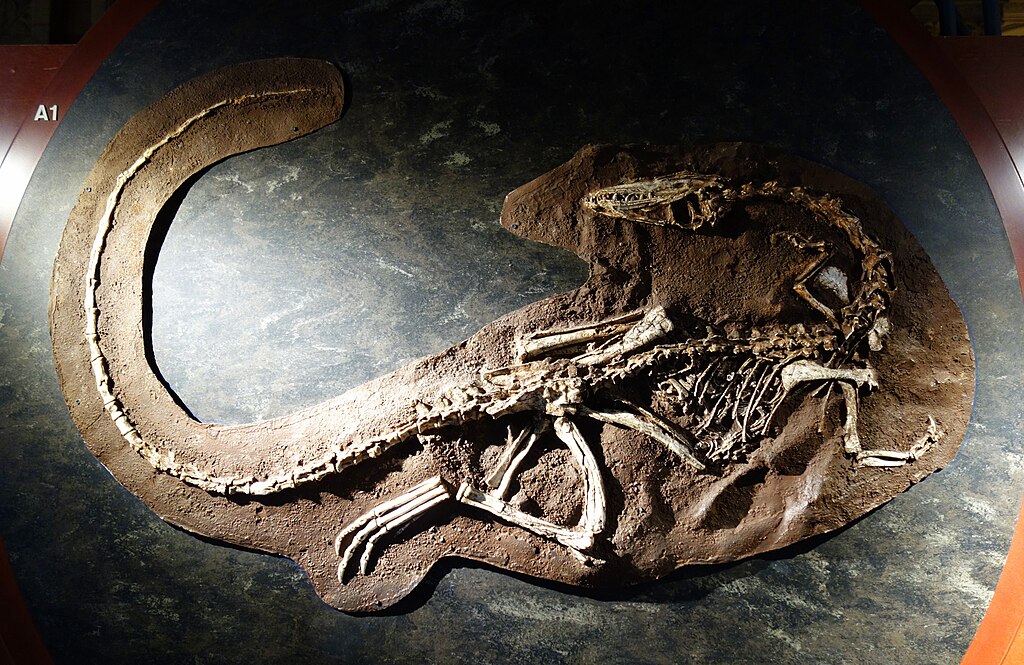Paleontology, the study of prehistoric life through fossils, can seem distant and inaccessible to many. Yet a dedicated group of science journalists has mastered the art of translating complex fossil discoveries into compelling narratives that capture the public imagination. These skilled communicators bridge the gap between laboratory findings and public understanding, transforming ancient bones into vivid stories of Earth’s fascinating past. Through their articles, books, podcasts, and television appearances, these journalists not only report scientific discoveries but also convey the wonder and importance of paleontology to audiences worldwide. Here are eight exceptional journalists who have made significant contributions to fossil science communication.
Richard Monastersky: Chronicling Earth’s Ancient History
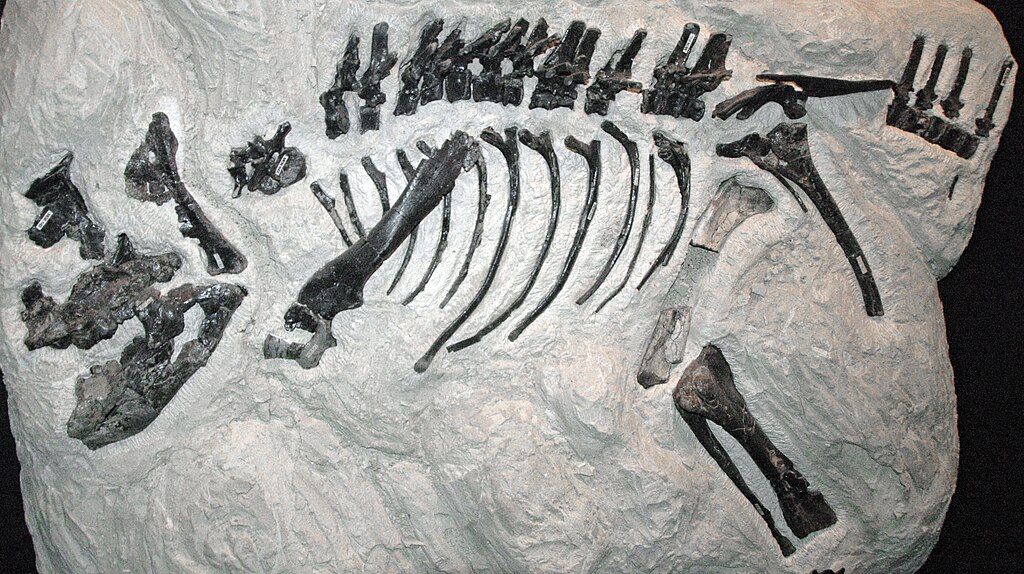
Richard Monastersky has spent decades making complex paleontological discoveries accessible through his work as a senior editor and features editor at Nature, one of the world’s premier scientific journals. His gift lies in contextualizing fossil finds within Earth’s broader history, helping readers understand not just the discovery itself but its significance to our understanding of evolution and ancient ecosystems. Monastersky’s writing combines meticulous scientific accuracy with engaging storytelling that brings extinct creatures to life. His articles often explore the human side of paleontology as well, introducing readers to the dedicated scientists who spend years searching for and studying fossils in remote locations. Through features that explain complex concepts like mass extinctions and evolutionary adaptations, Monastersky has educated generations of readers about the rich story told by Earth’s fossil record.
Brian Switek: The Fossil Fanatic Who Shares His Passion
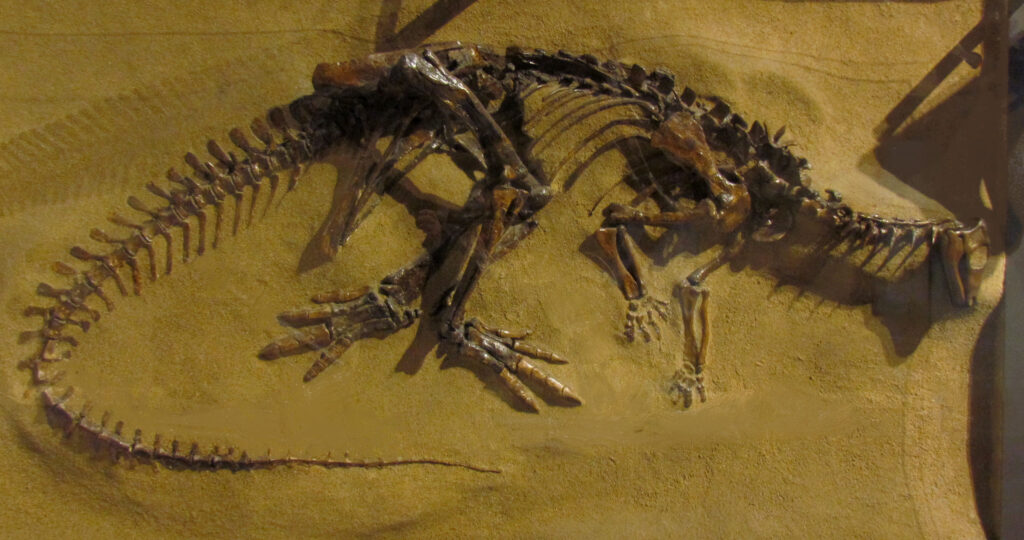
Few science writers communicate the wonder of paleontology with the enthusiasm and accessibility of Brian Switek. As the author of books like “My Beloved Brontosaurus” and “Written in Stone,” Switek has established himself as a trusted voice who combines scientific rigor with infectious passion for prehistoric life. His writing for outlets including Scientific American, National Geographic, and Smithsonian Magazine demonstrates his ability to explain complex concepts in approachable terms without sacrificing accuracy. Switek’s personal connection to the subject matter—he often describes his lifelong fascination with dinosaurs—creates an inviting entry point for readers who might otherwise find paleontology intimidating. Through his active social media presence and blog “Laelaps,” he engages directly with readers, answering questions and sharing the latest fossil discoveries almost in real time. Switek’s work exemplifies how effective science communication can both educate and inspire.
Riley Black: Transforming Technical Science into Captivating Stories

Riley Black (formerly writing as Brian Switek) has become one of the most distinctive voices in paleontology journalism through her ability to weave scientific discoveries into compelling narratives. As the author of books including “Skeleton Keys” and “The Last Days of the Dinosaurs,” Black excels at helping readers visualize prehistoric scenes based on fossil evidence. Her writing for publications like Scientific American and National Geographic demonstrates her talent for finding the human angles in paleontological research—connecting ancient discoveries to modern lives. Black’s work frequently addresses misconceptions about prehistoric life, providing readers with up-to-date scientific understanding that replaces outdated notions popularized in older media. Her recent focus on extinction events provides important context for understanding current biodiversity challenges, making ancient history relevant to contemporary environmental concerns. Black’s clear, conversational writing style makes even the most technical aspects of paleontology accessible to general audiences.
Gemma Tarlach: Illuminating the Process of Paleontological Discovery
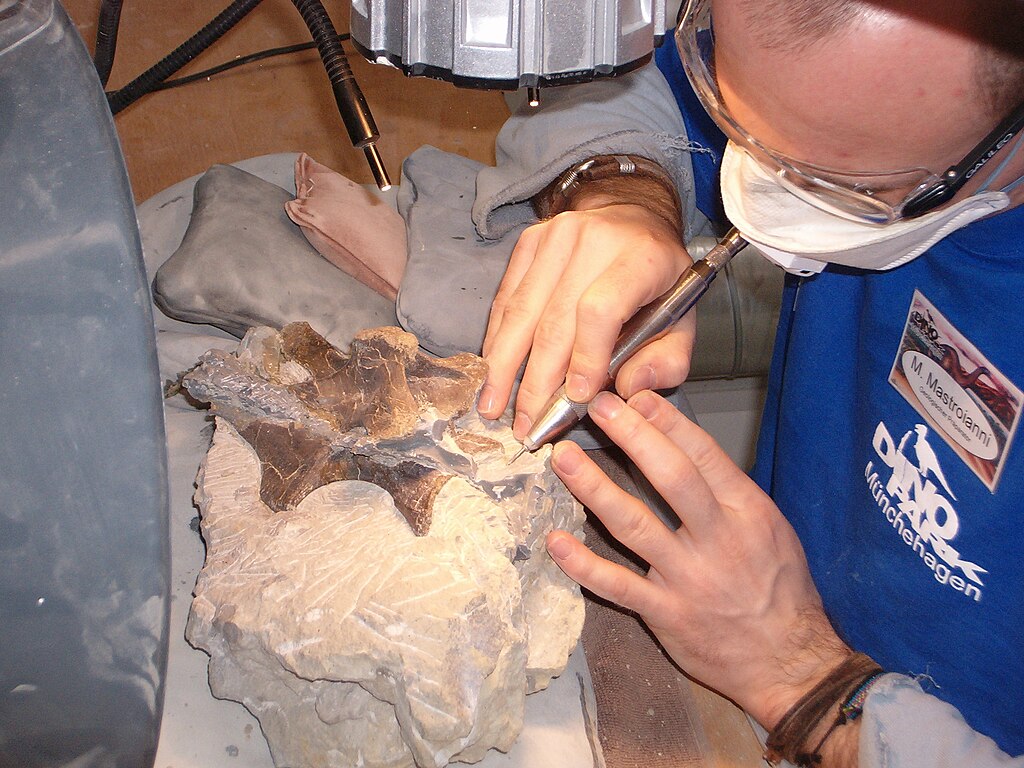
During her tenure as senior editor at Discover Magazine, Gemma Tarlach established herself as a journalist who excels at explaining not just fossil findings but the scientific methods behind them. Her coverage often focuses on how paleontologists reach their conclusions, illuminating the detective work involved in reconstructing ancient organisms and ecosystems from fragmentary remains. Tarlach’s articles frequently feature behind-the-scenes glimpses into fieldwork and laboratory analysis, helping readers understand paleontology as an active, evolving science rather than a static collection of facts. Her work is characterized by thoughtful exploration of scientific controversies, presenting multiple perspectives when researchers disagree about interpretations of fossil evidence. Tarlach has a particular talent for explaining how new technologies—from CT scanning to ancient DNA analysis—are revolutionizing our understanding of prehistoric life. By demystifying the scientific process, her writing empowers readers to think critically about paleontological claims and appreciate the provisional nature of scientific knowledge.
Ed Yong: Connecting Fossil Discoveries to Broader Scientific Narratives

While Ed Yong’s work spans many scientific fields, his coverage of paleontological discoveries for The Atlantic and other publications demonstrates his exceptional ability to place fossil findings in broader biological and evolutionary contexts. Rather than treating fossil discoveries as isolated curiosities, Yong connects them to ongoing questions in evolutionary biology, ecology, and comparative anatomy. His explanations of complex concepts like convergent evolution and morphological adaptation make these scientific principles tangible through concrete examples from the fossil record. Yong’s writing frequently highlights how fossil discoveries challenge existing scientific paradigms, capturing the dynamic nature of scientific progress. His talent for finding unexpected connections helps readers understand how paleontology informs our understanding of living organisms and ecosystems. Through his Pulitzer Prize-winning work on COVID-19, Yong has further demonstrated his ability to make science relevant to readers’ lives—a skill he applies equally effectively when bringing ancient organisms into contemporary consciousness.
Colin Barras: Exploring Human Origins Through Fossil Evidence
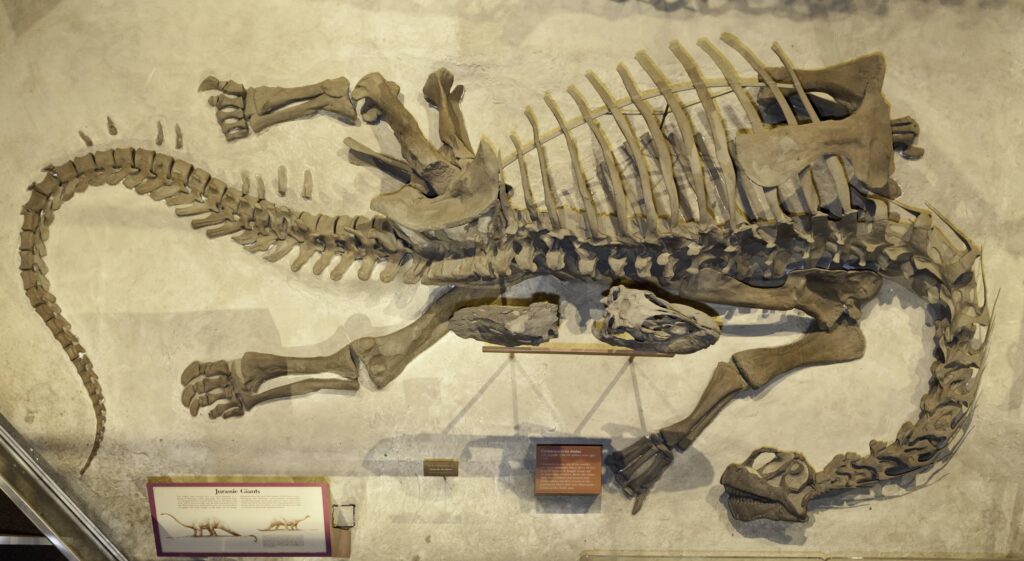
Colin Barras has distinguished himself through thoughtful coverage of paleoanthropology—the study of human evolution through fossils—for publications including New Scientist, BBC Future, and Nature. His writing navigates the complex and often contentious field of human origins with clarity and nuance, helping readers understand how each new hominin discovery fits into our evolving understanding of human ancestry. Barras excels at explaining how researchers extract information from fragmentary remains, from ancient DNA analysis to microscopic studies of tooth wear patterns that reveal dietary habits. His articles frequently address questions of particular public interest, such as when different human capabilities emerged and how our species interacted with other hominin groups like Neanderthals. Barras carefully distinguishes between established scientific consensus and more speculative interpretations, helping readers understand the strength of evidence behind different claims about human evolution. Through accessible explanations of complex research, he makes our ancient family tree comprehensible to non-specialists.
John Pickrell: Spotlighting Global Paleontological Research
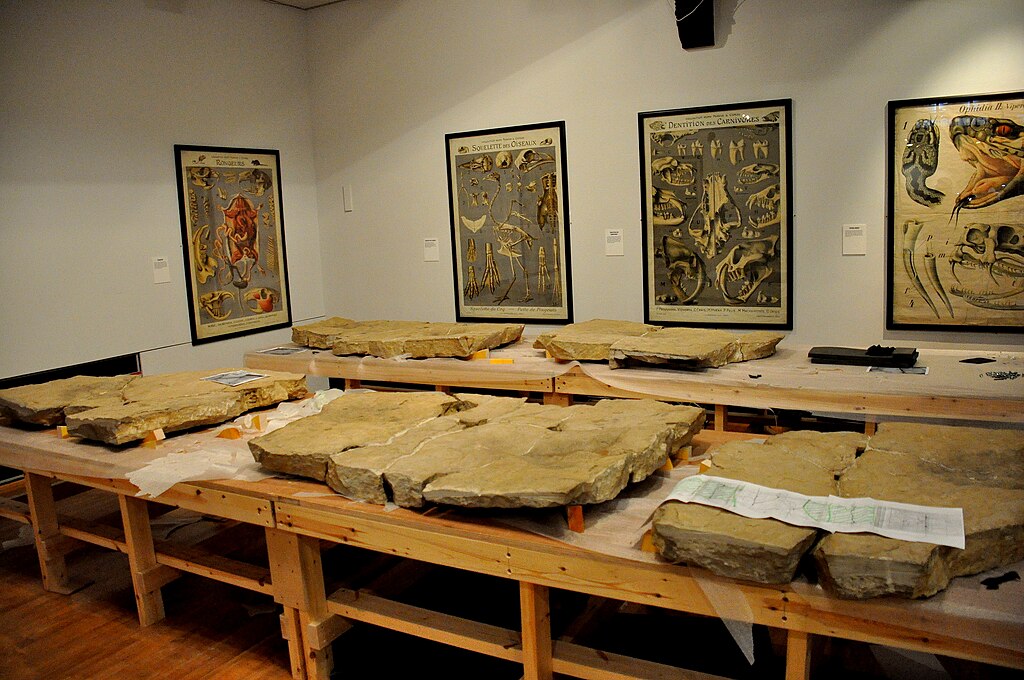
As the former editor of Australian Geographic and author of books including “Flying Dinosaurs” and “Weird Dinosaurs,” John Pickrell has brought international perspectives to paleontology journalism. His work highlights fossil discoveries from around the world, including regions that receive less attention in Western media, providing readers with a more complete picture of Earth’s prehistoric diversity. Pickrell’s reporting on Chinese feathered dinosaur discoveries helped popularize our modern understanding of the evolutionary connection between dinosaurs and birds. His writing often focuses on the most visually striking and behaviorally interesting fossil creatures, capturing readers’ imagination while conveying accurate scientific information. Pickrell frequently collaborates with paleoartists to create scientifically informed visual reconstructions that help readers visualize extinct organisms based on fossil evidence. Through features that trace the history of paleontological ideas, he helps readers understand how scientific understanding of prehistoric life has evolved over time, correcting misconceptions that persist in popular culture.
Katherine Kornei: Translating Technical Paleontology for Public Understanding
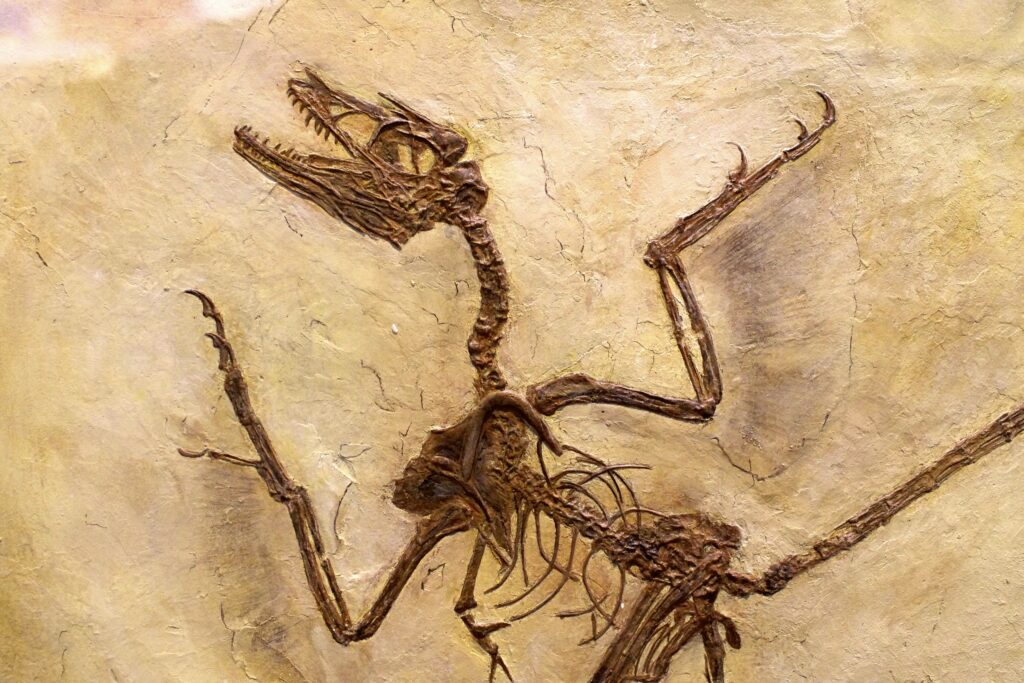
Katherine Kornei brings a background in scientific research to her work as a freelance science journalist covering paleontology for outlets including The New York Times, Science, and Eos. Her articles demonstrate a remarkable ability to translate technical scientific papers into engaging stories accessible to general readers without sacrificing accuracy. Kornei often focuses on unusual preservation conditions that provide exceptional insights into prehistoric life, from amber-preserved feathers to fossil trackways that record ancient behaviors. Her coverage frequently highlights methodological innovations in paleontology, explaining how new techniques allow researchers to extract previously unavailable information from fossil specimens. Kornei has a particular talent for explaining the significance of microfossils and trace fossils—evidence that might seem less immediately dramatic than dinosaur skeletons but often provides crucial ecological insights. By focusing on what fossil discoveries reveal about ancient environments and ecosystems rather than just the organisms themselves, her work helps readers understand prehistoric Earth as a dynamic, interconnected system.
The Challenge of Translating Scientific Complexity
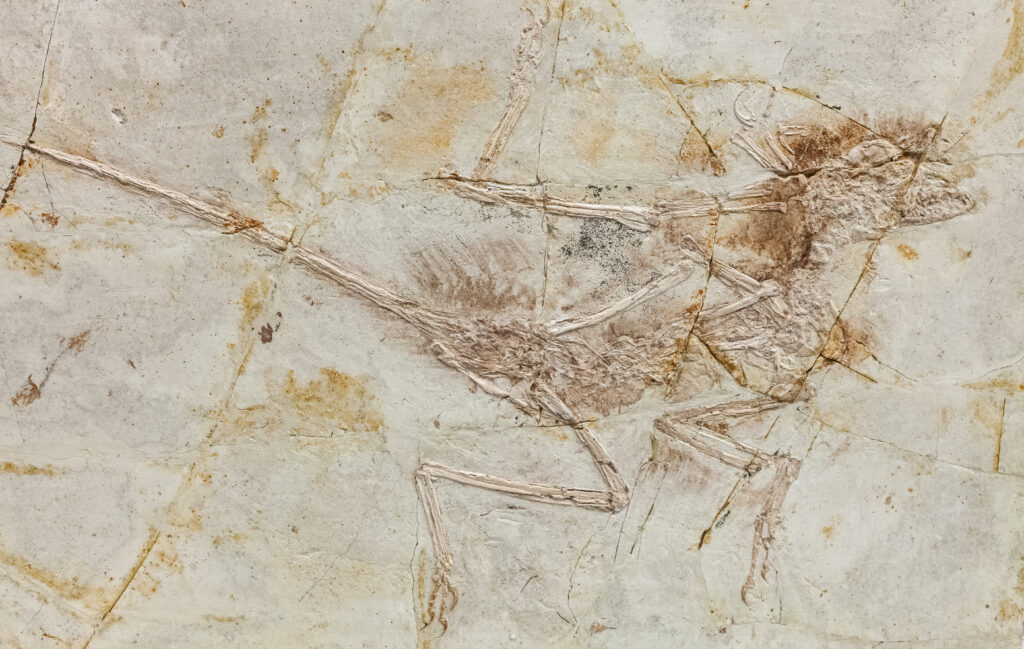
Communicating paleontological research presents unique challenges that these journalists have mastered throughout their careers. Fossil science often involves specialized vocabulary, complex dating methods, and statistical analyses that can be difficult for general audiences to grasp without proper context. The best paleontology journalists develop analogies and explanations that make these concepts accessible without oversimplification. They must also navigate the provisional nature of scientific knowledge, accurately conveying uncertainty and competing hypotheses when the evidence allows multiple interpretations. Additionally, these journalists must resist the temptation to sensationalize findings while still capturing the genuine excitement of discovery. The fossil record is inherently incomplete, requiring writers to explain how scientists draw conclusions from fragmentary evidence without making claims beyond what the data support. Through careful language choices and thoughtful framing, these journalists help readers understand both what we know about prehistoric life and how we know it.
Making Ancient Life Relevant to Modern Audiences

The most effective fossil science journalists connect paleontological discoveries to contemporary concerns, demonstrating why ancient life matters to modern readers. They explain how studying past extinction events provides context for understanding current biodiversity loss and climate change, drawing parallels without overreaching. These writers highlight how fossil evidence informs our understanding of evolutionary processes still shaping life today, making ancient adaptations relevant to modern biological questions. By explaining how prehistoric ecosystems functioned, they provide perspective on current environmental challenges and ecological relationships. Many also explore how paleontological discoveries shape our philosophical understanding of humanity’s place in nature and the history of life on Earth. Through these connections, paleontology journalism becomes not just a report on old bones but a lens for understanding our present world and its possible futures. This relevance, combined with the inherent narrative appeal of creatures from Earth’s distant past, explains why fossil discoveries consistently capture public imagination when effectively communicated.
The Multimedia Evolution of Fossil Science Communication
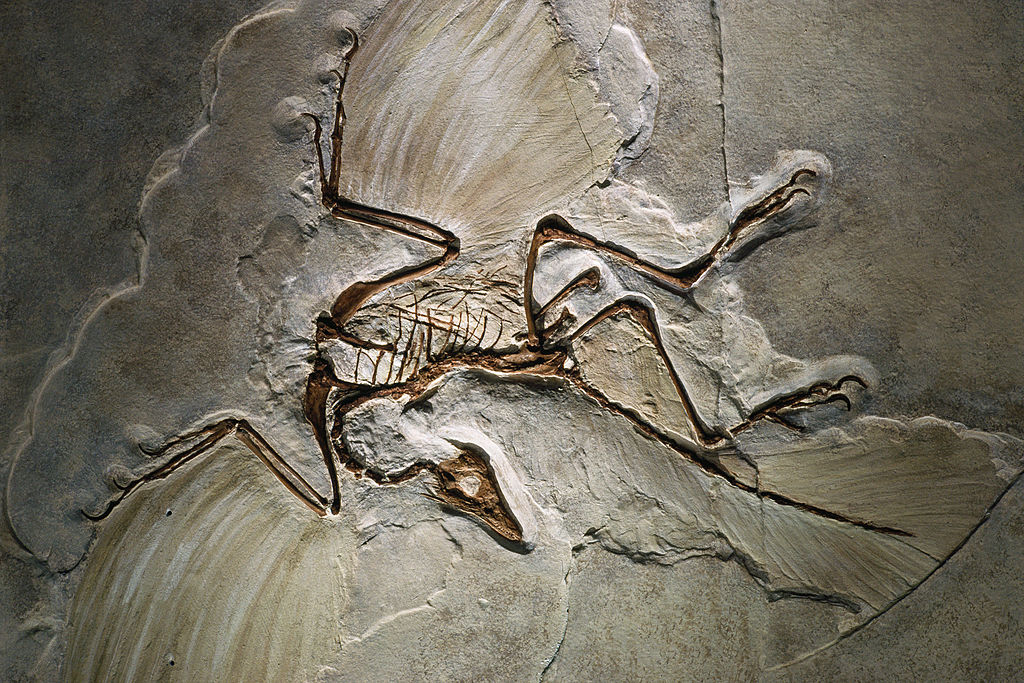
While traditional written journalism remains important, today’s leading paleontology communicators increasingly utilize multiple media platforms to reach diverse audiences. Many host or appear on podcasts that allow for deeper exploration of topics than typical news articles permit, engaging listeners through conversational discussions of recent discoveries. Video content—from professional documentaries to informal YouTube explanations—allows for visual demonstrations of concepts like fossil preparation techniques or anatomical comparisons between extinct and living species. Social media platforms enable direct interaction between journalists and their audiences, allowing for clarification of misconceptions and real-time updates as new information emerges. Digital storytelling techniques incorporating interactive elements like 3D fossil models or augmented reality experiences represent the cutting edge of paleontology communication. The most successful communicators strategically choose platforms and approaches that best suit different types of content, recognizing that complex topics may require different treatment than straightforward fossil announcements.
Building Bridges Between Scientists and the Public
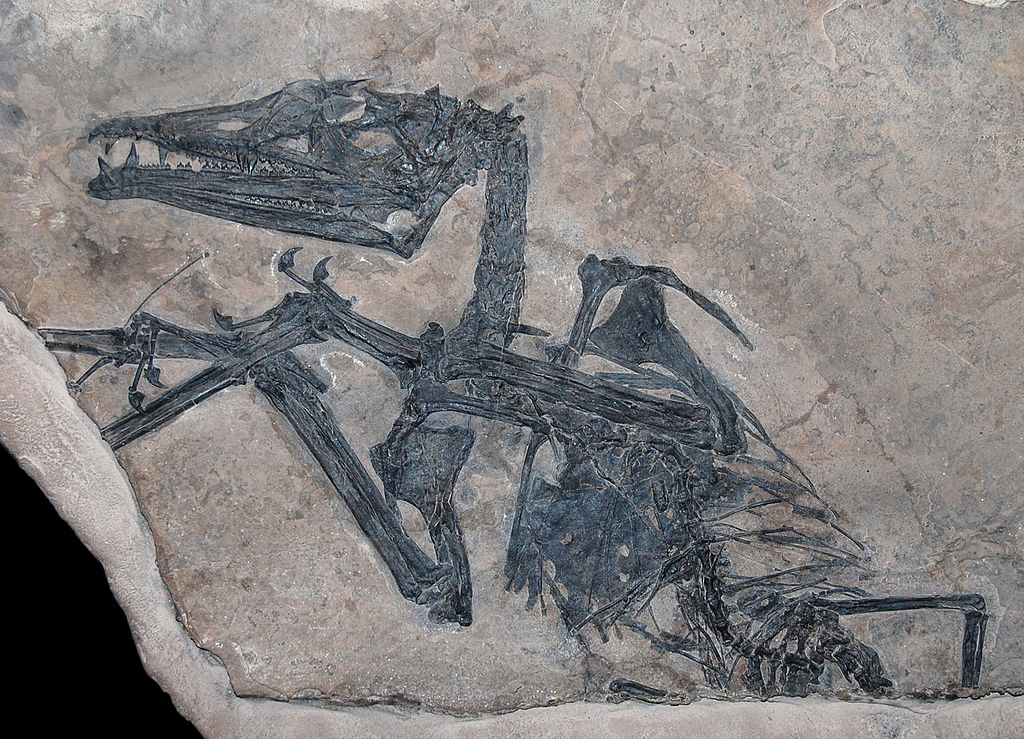
The journalists highlighted in this article serve as crucial intermediaries between the scientific community and the general public, translating specialized knowledge into accessible forms without sacrificing accuracy. Many have developed trusted relationships with researchers who recognize the value of effective communication in generating public support for paleontological work. These journalists not only report scientific findings but also contextualize them within broader narratives about prehistoric life that capture public imagination. They help researchers communicate the significance of their discoveries beyond narrow academic circles, amplifying the impact of scientific work. Many also play an educational role, correcting misconceptions about prehistoric life that persist in popular culture and updating public understanding as scientific consensus evolves. By making paleontology accessible and engaging, these communicators help maintain public interest in natural history and evolutionary science at a time when scientific literacy faces numerous challenges. Their work demonstrates how specialized scientific knowledge can become part of shared cultural understanding when effectively communicated.
Conclusion
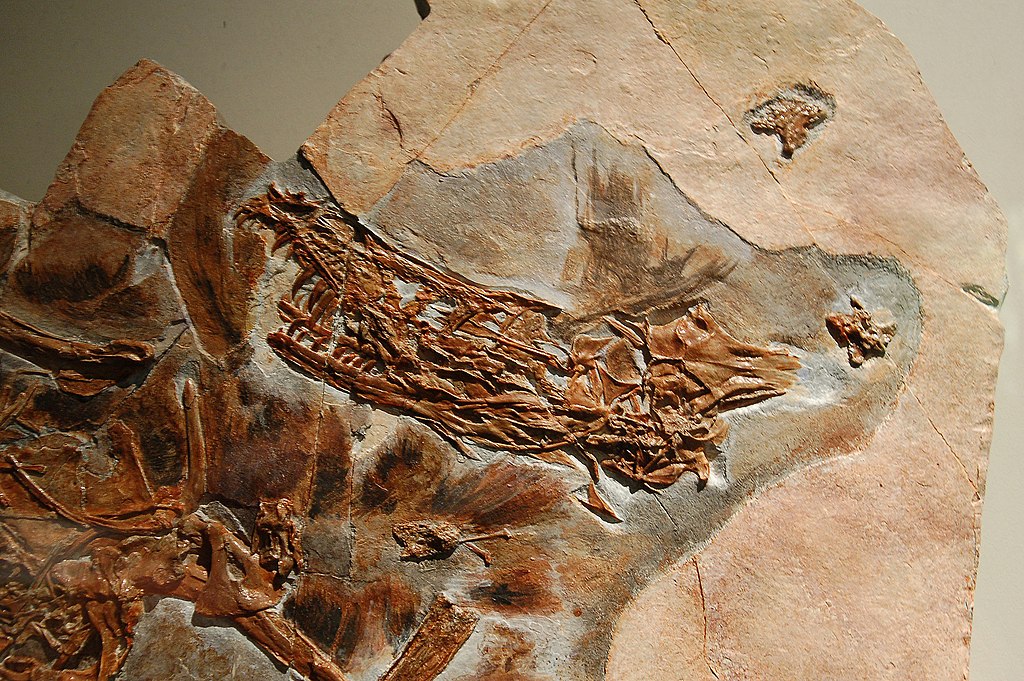
The dedicated work of these eight journalists demonstrates how skilled science communication can transform seemingly esoteric fossil discoveries into compelling stories that capture public imagination. Through their articles, books, and multimedia presentations, they not only report scientific findings but also convey the wonder and significance of paleontology. By bridging the gap between technical research and public understanding, these communicators help ensure that knowledge about Earth’s prehistoric past reaches audiences far beyond academic circles. Their work reminds us that fossils are not merely scientific specimens but windows into lost worlds that continue to shape our understanding of life’s history and evolution. As paleontological methods advance and new discoveries emerge, these journalists and others like them will continue their essential role: making ancient life accessible, relevant, and fascinating to contemporary audiences.

